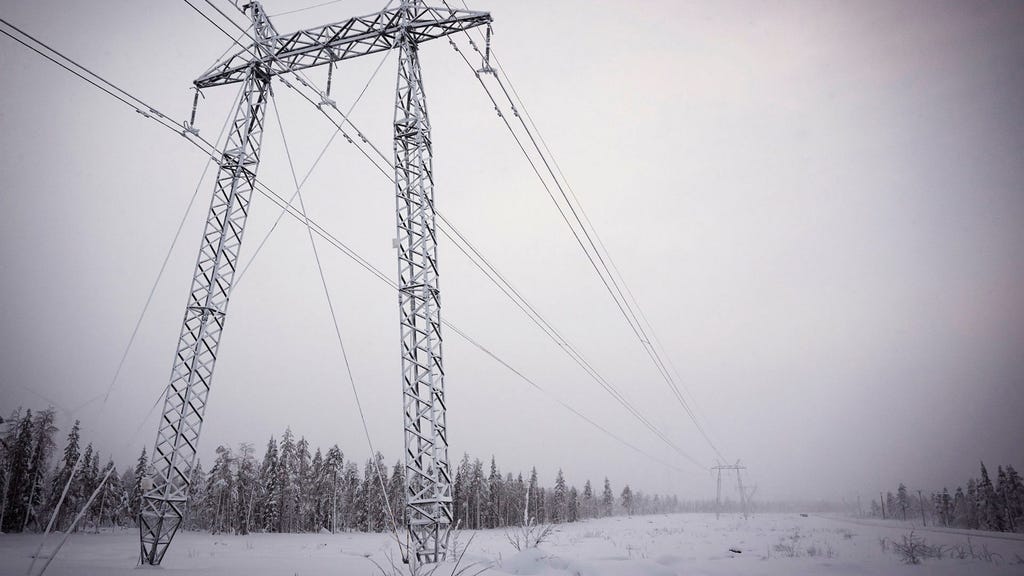The island of Gotland, Sweden, experienced widespread power outages on a Saturday morning due to heavy snowfall and strong winds. Overnight, over 5,000 households were left without electricity. While the number decreased to 2,400 by early morning, many residents faced the prospect of a powerless start to their day. The combination of near-freezing temperatures and substantial amounts of wet snow overburdened the power grid, causing trees and branches to fall onto power lines. This resulted in both temporary and permanent disruptions to the electricity supply. The strong winds that persisted throughout the night hampered the efforts of repair crews working to restore power.
The heavy, wet snow proved particularly problematic for the power grid. Its weight strained power lines, leading to widespread disruptions. While some outages were short-lived, many represented more substantial damage requiring attention from repair crews once daylight broke. The challenging weather conditions added complexity to the restoration process, hindering the ability of crews to quickly address the issues. The combination of low temperatures and heavy snow created a difficult working environment, and the wind further complicated repair efforts, making it dangerous to work at height and difficult to assess the extent of the damage.
The challenging weather conditions added an extra layer of difficulty to an already complex situation. The near-freezing temperatures made the wet snow even heavier, increasing the stress on power lines and surrounding vegetation. The strong winds exacerbated the issue, causing further damage and making it difficult for repair crews to safely access affected areas. This unfortunate confluence of factors contributed to the significant number of households experiencing prolonged power outages.
Despite the challenging conditions, repair crews worked tirelessly throughout the night to restore power to affected residents. They battled against the elements and the difficult terrain, prioritizing the most critical outages and working to ensure the safety of both themselves and the public. The work was slow and arduous, made more difficult by the darkness and the constant threat of falling branches. However, the crews remained committed to restoring power as quickly and safely as possible.
The expected improvement in weather conditions by morning provided a glimmer of hope for both the residents and the repair crews. The anticipated abatement of the winds and a slight rise in temperature promised to create a more manageable working environment. This would allow crews to work more efficiently and effectively, accelerating the restoration process. The calmer conditions would also reduce the risk of further damage to the power grid, helping to stabilize the situation and prevent further outages.
The incident underscored the vulnerability of power grids to severe weather events, particularly in areas with significant tree cover. The heavy snow and strong winds highlighted the importance of regular maintenance and preventative measures to mitigate the impact of such events. The understanding shown by the affected residents, despite the inconvenience, demonstrated the community spirit and resilience in the face of adversity. The experience served as a reminder of the essential role of electricity in modern life and the dedication of those who work to maintain its supply.














